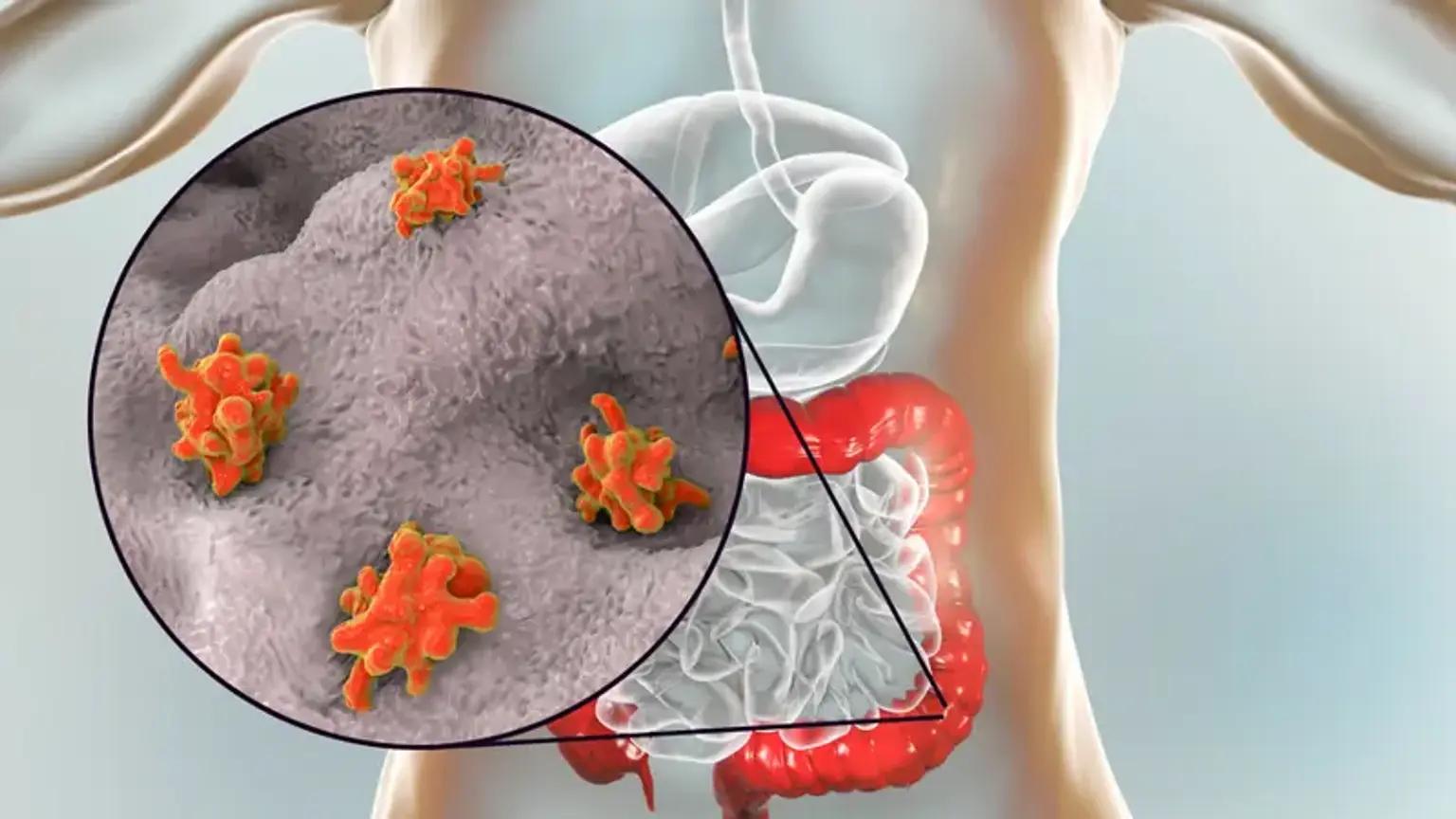Amebiasis is a parasitic infection caused by Entamoeba histolytica, affecting millions globally, particularly in areas with poor sanitation. Symptoms can range from mild diarrhea to severe complications like liver abscesses. One treatment option is Nitazoxanide 500mg, a broad-spectrum antiparasitic medication. If you’ve been prescribed this drug for amebiasis, here’s an overview of what you can expect, including its effectiveness, side effects, and guidelines for use.
Understanding Nitazoxanide
Nitazoxanide is an antiparasitic and antiviral medication that works by inhibiting certain enzymes in parasites, preventing their replication. It is effective against a range of parasites, including Giardia lamblia, Cryptosporidium parvum, and Entamoeba histolytica.
When prescribed nitazoxanide 500mg for amebiasis, it’s typically part of a short course of treatment aimed at eradicating the parasite and alleviating symptoms.
Dosage and Administration
The recommended dosage of Nitazoxanide for adults is 500mg twice daily, usually taken for three days. However, your doctor may adjust the duration depending on the severity of your infection or individual health factors.
To ensure optimal absorption, it is best to take Nitazoxanide with food. Always follow your healthcare provider’s instructions and complete the full course of medication, even if symptoms improve, to avoid incomplete treatment and potential recurrence.
Effectiveness of Nitazoxanide for Amebiasis
Nitazoxanide has shown promising results in treating amebiasis. While it is more commonly known for treating cryptosporidiosis and giardiasis, its broad-spectrum activity against protozoa makes it an effective alternative to traditional medications like metronidazole or tinidazole.
Studies indicate that Nitazoxanide achieves high cure rates with fewer side effects compared to older treatments, making it a preferred option for patients who experience adverse reactions to other antiparasitic drugs.
Potential Side Effects
Although Nitazoxanide 500mg is generally well-tolerated, like any medication, it can cause side effects. Most are mild and resolve on their own. Common side effects include
- Gastrointestinal discomfort
- Nausea, vomiting, abdominal pain, and diarrhea.
- Headache
A mild headache may occur, especially during the first few doses.
Changes in urine color: Some people notice yellowish-green discoloration of urine. This is harmless and resolves after treatment ends.
Rarely, more severe reactions like allergic symptoms (rash, itching, swelling) or liver-related issues may occur. If you experience persistent or worsening symptoms, consult your healthcare provider promptly.
Precautions While Taking Nitazoxanide
Food Interactions
Take Nitazoxanide with meals to improve absorption and minimize stomach upset.
Alcohol Avoidance
Though not as stringent as metronidazole, it’s advisable to avoid alcohol during the treatment course to prevent additional gastrointestinal irritation.
Pregnancy and Breastfeeding
If you’re pregnant or nursing, inform your doctor. Nitazoxanide is considered relatively safe, but your healthcare provider will weigh the benefits and risks.
Chronic Conditions
If you have liver, kidney, or other chronic illnesses, notify your doctor. These conditions may require dose adjustments or closer monitoring.
What to Expect During Treatment
Symptom Relief
Most patients notice symptom improvement within 24-48 hours of starting Nitazoxanide 500mg. Diarrhea and abdominal discomfort typically resolve quickly, though complete eradication of the parasite may take longer.
Compliance is Key
For maximum effectiveness, take the medication as prescribed. Missing doses can reduce the drug’s efficacy and increase the risk of the parasite developing resistance.
Post-Treatment Follow-Up
After completing the course, your doctor may recommend follow-up stool tests to confirm the absence of Entamoeba histolytica. This step ensures that the infection has been fully treated.
How Nitazoxanide Compares to Other Treatments for Amebiasis
Traditional treatments for amebiasis, such as metronidazole or tinidazole, remain highly effective but often cause unpleasant side effects like metallic taste, nausea, and reactions with alcohol. Nitazoxanide 500mg provides a tolerable alternative with comparable efficacy.
Additionally, Nitazoxanide is convenient, as it involves fewer dietary restrictions and does not interfere significantly with daily activities.
Lifestyle Adjustments During Treatment
Hydration: Amebiasis can cause dehydration, particularly if diarrhea is severe. Drink plenty of fluids, including oral rehydration solutions, to replenish lost electrolytes.
Hygiene Practices
Prevent reinfection by maintaining good personal hygiene. Wash hands thoroughly with soap and water, especially after using the restroom and before eating.
Dietary Considerations
Stick to a bland diet if your stomach feels unsettled. Avoid spicy or fatty foods that might exacerbate gastrointestinal symptoms.
Preventing Recurrence of Amebiasis
Nitazoxanide 500mg effectively treats amebiasis, but preventing reinfection is equally important. Follow these tips
Ensure Safe Drinking Water
Use boiled or bottled water in areas where tap water may be contaminated.
Proper Food Handling
Wash fruits and vegetables thoroughly, and avoid raw or undercooked food.
Maintain Sanitation
Practice good sanitation by ensuring clean toilet facilities and proper disposal of human waste.
FAQs About Nitazoxanide 500mg for Amebiasis
1. Can Nitazoxanide treat liver abscess caused by amebiasis?
Nitazoxanide is primarily effective against intestinal amebiasis. For extraintestinal complications like liver abscesses, additional treatments, including drainage or systemic antibiotics, may be required.
2. Is it safe for children?
Yes, Nitazoxanide is safe for pediatric use, but the dosage differs. Consult your healthcare provider for age-appropriate instructions.
3. What if I miss a dose?
Take the missed dose as soon as you remember. If it’s close to the next dose, skip the missed dose and resume your regular schedule. Avoid doubling doses to make up for a missed one.
4. How long does it take to fully recover?
Most patients recover within a week of starting Nitazoxanide 500mg, though full recovery may vary based on the severity of the infection and overall health.
Conclusion
Nitazoxanide 500mg offers a modern, effective solution for treating amebiasis, with fewer side effects than traditional medications. By following your doctor’s instructions, maintaining good hygiene, and completing the full course of treatment, you can expect significant improvement and a lower risk of reinfection. Always stay informed about your treatment options and communicate openly with your healthcare provider to ensure the best possible outcome.


